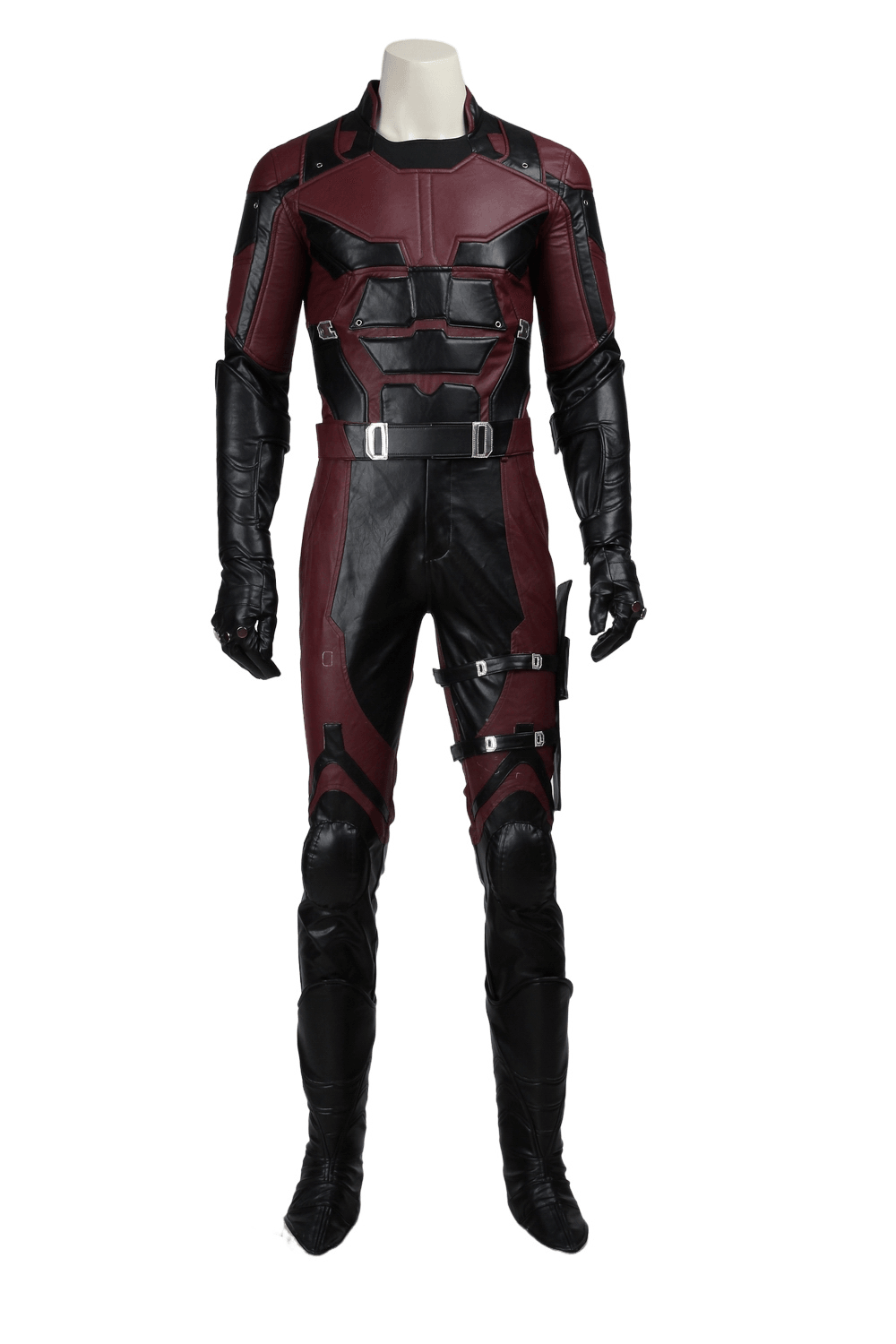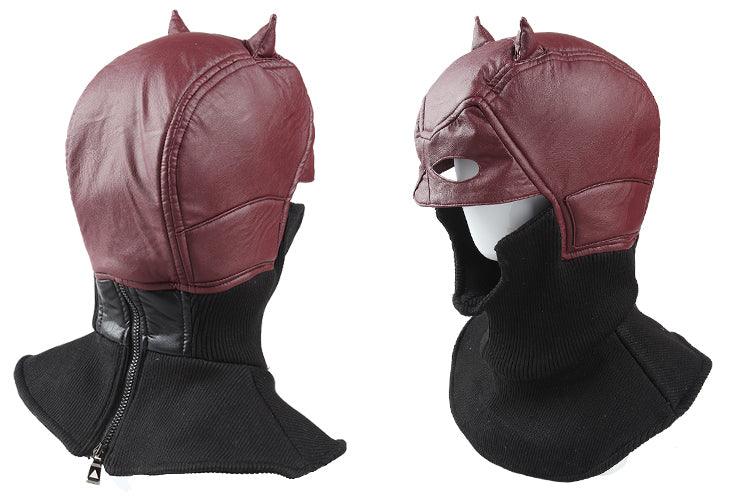How to Make Cosplay Weapons with Foam
Creating cosplay weapons using foam is a popular and rewarding hobby that combines creativity, craftsmanship, and a love for characters from various media. This guide will walk you through the process of making a foam sword, one of the most common cosplay weapons, using EVA foam. We will also incorporate tips and techniques from various sources, including CrazeCosplay.com and other top-ranked tutorials.
Materials Needed
Before starting, gather all the necessary materials and tools:
-
EVA Foam: Common thicknesses are 2mm, 3mm, and 10mm.
-
Craft Plastic Sheet: At least 1mm thick for reinforcement.
-
PVC Pipe or Wooden Dowel: For the core structure.
-
Cutting Mat: Preferably a self-healing mat to protect your workspace.
-
Craft Knife and Snap Blade Utility Knife: For precise cutting.
-
Ruler and Scissors: For measuring and cutting.
-
Glue: Contact cement or hot glue.
-
Paint: Acrylic or spray paint.
-
Water-based Sealer: For priming the foam.
-
Paint Brushes: For painting and sealing.
-
Sandpaper or Dremel Tool: For smoothing edges.
-
Heat Gun: For shaping the foam.
Step-by-Step Guide
1. Design and Planning
-
Research and Template Creation: Start by researching your chosen sword design. Create or download a template that matches your design and scale it to your body proportions.
-
Workspace Preparation: Set up a clean and organized workspace. Lay out all your materials and protect your tabletop with a cutting mat.
2. Cutting the Base
-
Trace and Cut: Trace your sword template onto the EVA foam sheets. Cut out two identical sword shapes for the front and back. Additionally, cut a strip of foam for the edges to create thickness.
-
Core Structure: Cut a length of PVC pipe or wooden dowel to serve as the core. Carve channels in both foam pieces to accommodate the core and glue it in place using contact cement.
3. Assembling the Sword
-
Edge Strips: Glue the edge strips to one side of the sword. Apply adhesive to both main pieces and carefully join them.
-
Clamping: Use clamps or heavy objects to press the pieces together while drying.
4. Shaping and Detailing
-
Beveling Edges: Use a Dremel tool or sandpaper to shape the edges and add bevels. Heat the foam with a heat gun to create curves or dents if needed.
-
Adding Details: Add details like grooves or patterns using a wood burner or craft knife. You can also create battle scuffs and nicks for a battle-used look.
5. Sealing and Painting
-
Priming: Apply several thin coats of a water-based sealer to seal the foam. Sand between coats for a smooth finish.
-
Painting: Paint the sword using acrylic or spray paint, building up layers for depth. Add metallic highlights and weathering effects for realism.
-
Final Sealing: Apply a clear sealant to protect the paint job.
6. Creating Additional Parts
-
Cross-Guard, Hilt, and Pommel: Repeat the steps above to create the cross-guard, hilt, and pommel. Use more layers of foam to create thicker blocks and stabilize with plastic if necessary.
-
Grip: For the grip, you can use a cardboard core from shipping labels or paper towel cores. Wrap and glue foam around the core for a solid grip.
Advanced Techniques
For more complex weapons or to elevate your craftsmanship, consider these advanced techniques:
-
3D Printing: Use 3D printed parts in conjunction with traditional materials for intricate details and precise replicas.
-
Thermoplastics: Incorporate thermoplastics like Worbla for additional durability and detail.
Tips for Success
-
Practice: Start with simpler designs to build your skills before tackling more complex projects.
-
Safety First: Always work in a well-ventilated area and wear protective gear when cutting, sanding, or using heat guns.
-
Patience: Take your time with each step to ensure the best results. Rushing can lead to mistakes and subpar finishes.
-
Community Resources: Utilize online resources and communities like CrazeCosplay.com for tutorials, tips, and support.
Example Projects and Inspiration
Here are some example projects from experienced cosplayers to inspire you:
-
Hanari Solomon's Poseable Arms: Hanari Solomon has created a detailed tutorial for lightweight, poseable arms using saran wrap, packing tape, wire, polyfill, and white tights or leggings.
-
CrazeCosplay's Armor Techniques: CrazeCosplay offers various tips for creating cosplay armor on a budget, which can be adapted for making extra arms or other parts.
Conclusion
Creating a cosplay weapon is a rewarding experience that combines creativity, craftsmanship, and fandom. By following this guide and practicing your skills, you'll be well on your way to crafting impressive props that will elevate your cosplay to the next level. Remember to always prioritize safety, respect convention rules, and most importantly, have fun bringing your favorite fictional weapons to life.
With practice, patience, and passion, you'll soon be crafting cosplay weapons that look like they've stepped right out of your favorite games, movies, and TV shows. So gather your materials, fire up that heat gun, and let your imagination run wild – your perfect cosplay weapon awaits!






